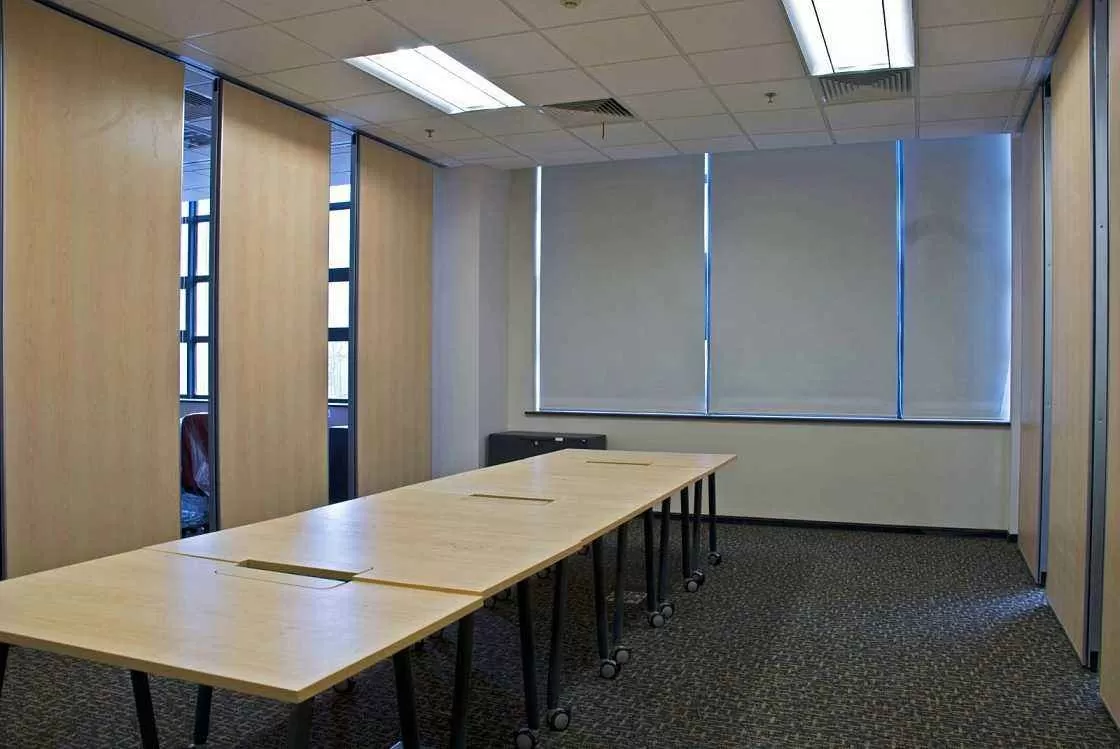In modern education and design, flexibility has become essential. A wooden room divider provides a practical yet aesthetic way to create adaptable areas within a space. While widely recognised in classrooms, these dividers are also gaining importance in homes, cafés, restaurants, hotels, and even sushi bars, where versatility and atmosphere matter as much as function.
Flexible Classrooms for Modern Learning
Classrooms today are not just about rows of desks and a blackboard. They are hubs for group activities, individual focus, and collaborative projects. Wooden room dividers allow teachers to reconfigure layouts instantly. One section can become a reading corner, while another transforms into a discussion space. Unlike fixed walls, these dividers can be moved when required, supporting an open and dynamic teaching approach.
Sound management is another advantage. While dividers are not fully soundproof, they help to minimise distractions by creating semi-private learning pods. Students benefit from reduced noise interference, leading to improved concentration and better group interaction.
Bringing Flexibility into Homes
Beyond classrooms, many families are adopting wooden room dividers as a design tool within homes. For households with children, they can separate play areas from study corners without permanent renovations. Parents can set boundaries that are adjustable, ensuring spaces evolve with their children’s needs.
In smaller flats or shared living arrangements, dividers also provide privacy. A living room can double as a study space, or a dining area can be screened off for remote learning. The natural finish of wood adds warmth and style, blending easily with home décor.
Hospitality Venues and Creative Layouts
Hotels, cafés, and restaurants often require multi-purpose areas. A lounge in the morning might serve as a dining space in the evening. Wooden room dividers provide quick transitions without heavy restructuring.
For cafés and sushi bars, they bring intimacy without sacrificing openness. A large dining hall can be sectioned into smaller zones for families, business meetings, or quiet study nooks. The visual appeal of wood contributes to a welcoming and authentic atmosphere, making guests feel at ease.
Hotels benefit from similar flexibility. Conference rooms, for instance, can be quickly divided into smaller seminar spaces. This adaptability makes wooden dividers a cost-effective solution compared with permanent partitions.
Blending Style with Function
Practicality alone does not drive the popularity of wooden room dividers. Their natural beauty adds a timeless aesthetic to any environment. In classrooms, the warmth of wood creates a calming effect, softening otherwise institutional interiors. In hospitality spaces, wooden designs complement different themes, from rustic charm to modern minimalism.
The choice of finish also allows personalisation. Light-toned woods brighten rooms, while darker shades add richness and elegance. Lattice or slatted designs allow light to filter through, keeping spaces bright while still creating division.
Sustainability and Long-Term Value
Another reason for the growing use of wooden room dividers is sustainability. Many are crafted from renewable or responsibly sourced timber, aligning with eco-friendly values in both education and hospitality sectors. Unlike plastic or metal alternatives, wooden dividers age gracefully and can be refinished or repaired, extending their lifespan.
For schools and hotels conscious of budgets, this durability ensures long-term value. A one-time investment can adapt to changing layouts over many years, reducing the need for frequent renovations.
Versatility Across Sectors
The appeal of wooden room dividers lies in their universality. Classrooms gain structured yet fluid spaces. Homes enjoy privacy and adaptability. Cafés, restaurants, and sushi bars benefit from atmosphere and zoning. Hotels create multifunctional areas without construction.
In every setting, they allow spaces to serve multiple purposes, adapting instantly to changing demands. Their natural look ensures they fit seamlessly across styles, making them both practical and decorative.
Conclusion
Wooden room dividers represent more than a simple partition; they embody flexibility, sustainability, and style. Whether in classrooms supporting active learning, homes providing multifunctional living, or hospitality venues offering adaptable layouts, they have become essential design tools. With their ability to divide, define, and enhance spaces, wooden room dividers continue to play a central role in shaping environments that inspire comfort, learning, and connection.





